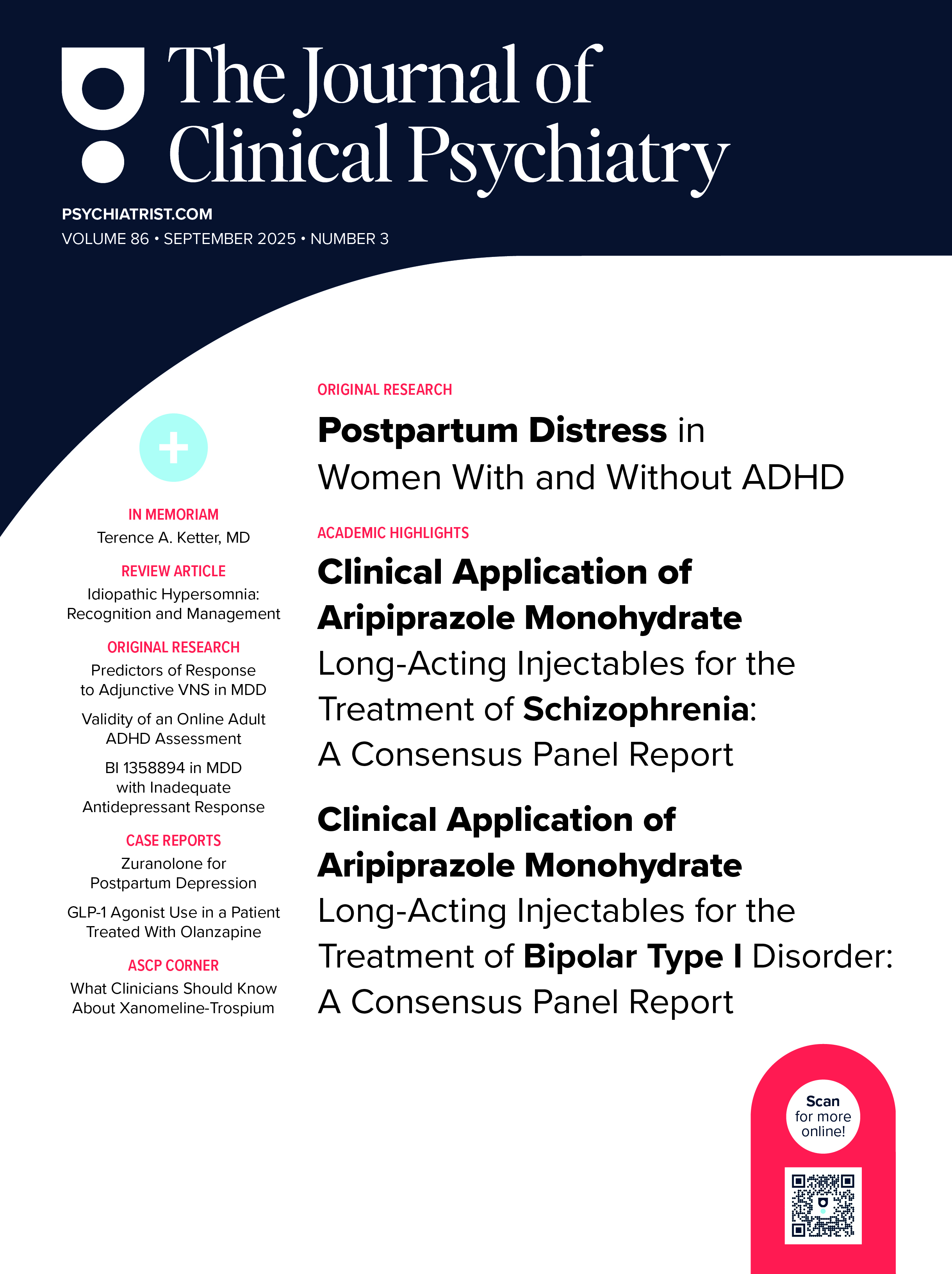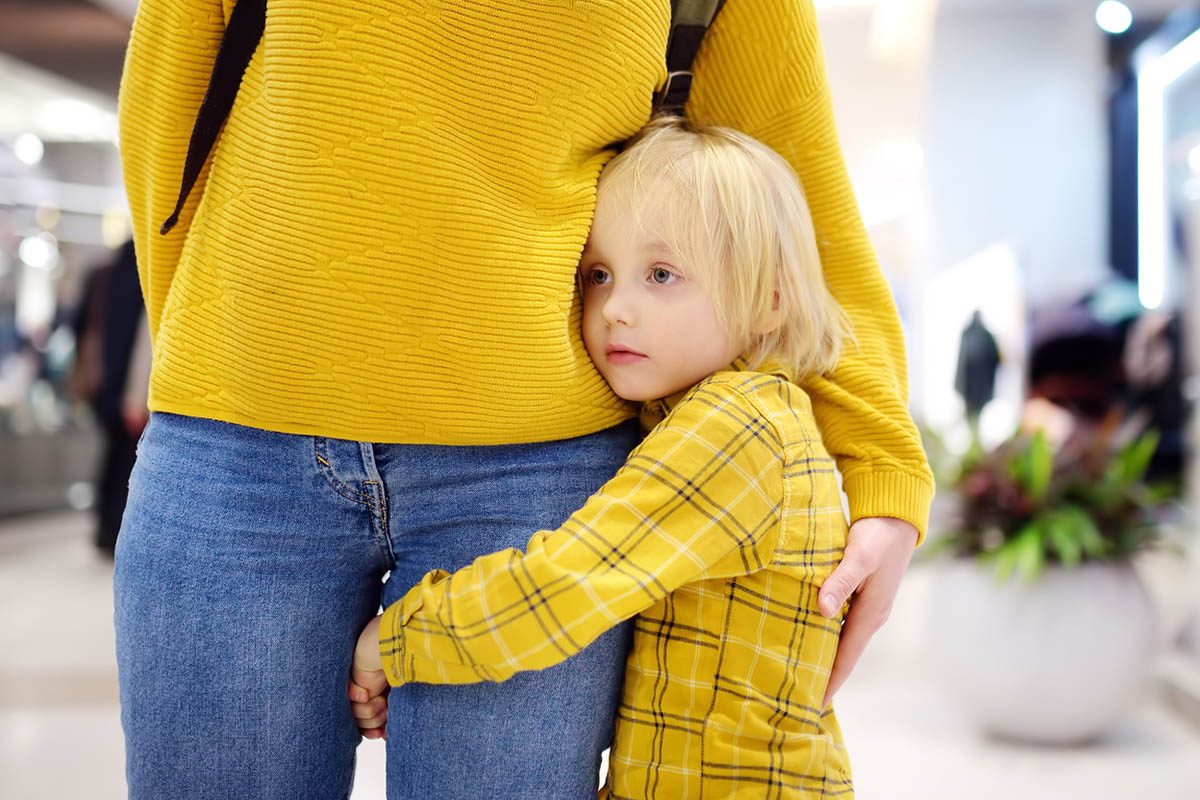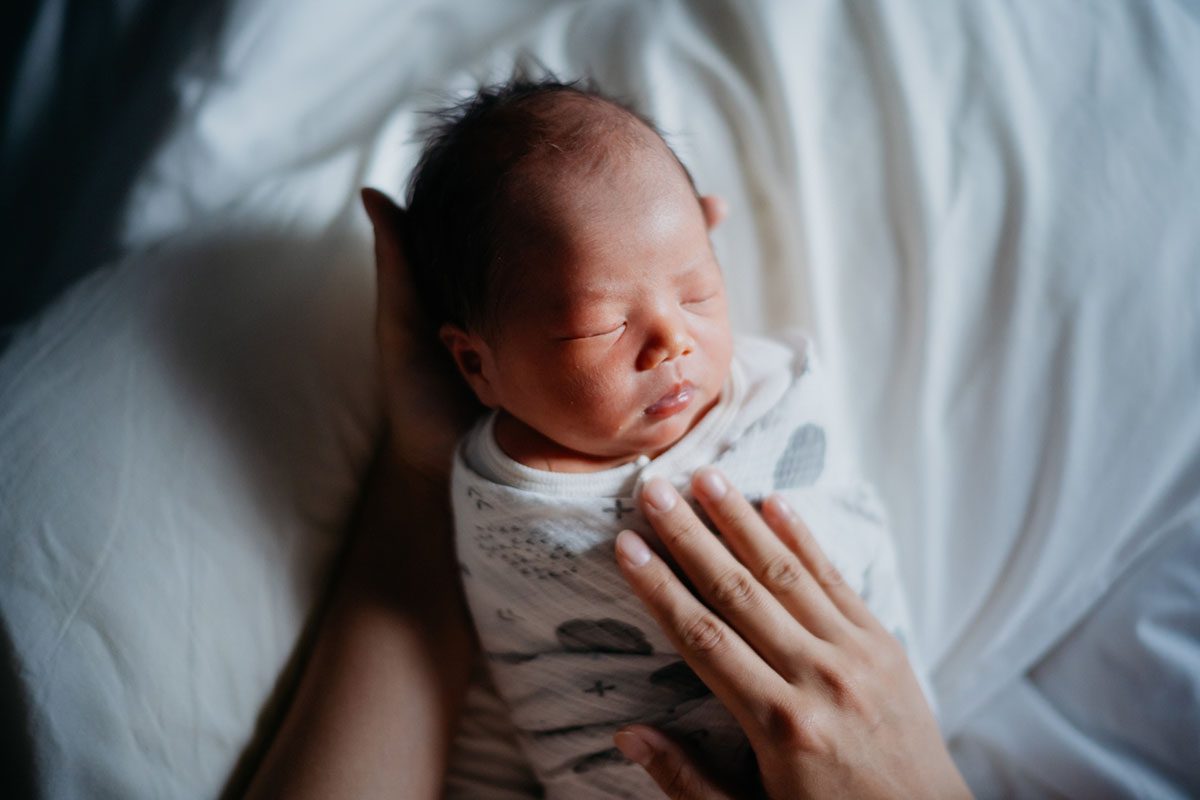Background: Recent advances in psychotherapy and pharmacotherapy have increased the number of treatment options for anxiety disorders. This article examines changes in outpatient treatment of anxiety disorders in the United States between 1987 and 1999.
Method: Analyses are presented of service utilization data from 2 nationally representative surveys of the general population: the 1987 National Medical Expenditure Survey and the 1999 Medical Expenditure Panel Survey. Respondents were selected who made 1 or more outpatient visits for the treatment of an anxiety disorder (ICD-9/DSM-IV: 300.0, 300.2, 300.3, or 308.3). The rates of treatment, psychotropic medication use, psychotherapy, number of outpatient treatment visits, type of provider, and source of payment were determined.
Results: The rate of outpatient treatment for anxiety disorders increased from 0.43 per 100 persons in 1987 to 0.83 in 1999 (p < .001). Among those treated for an anxiety disorder, the proportion that received psychotropic medications increased from 52.1% to 69.9% (p = .008). Among treated patients, antidepressant use increased from 18.3% to 44.9% (p < .0001), while use of benzodiazepines (42.3% to 31.7%, p = .09) and psychotherapy (60.5% to 48.0%, p = .07) tended to decline. A decreasing proportion of mean treatment expenditures was covered by self-payment (53.2% to 31.5%, p < .0001).
Conclusion: Between 1987 and 1999, there was an increase in the proportion of the population who received outpatient treatment for anxiety disorders. Among patients receiving care, treatment became characterized by greater use of psychotropic medications, especially antidepressant medications, with nonsignificant trends toward less common use of psychotherapy.
Please sign in or purchase this PDF for $40.00.





